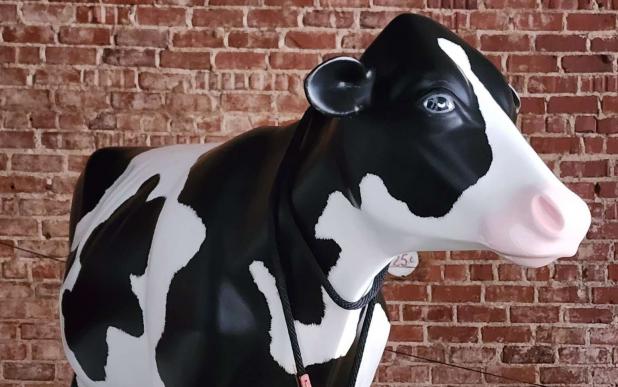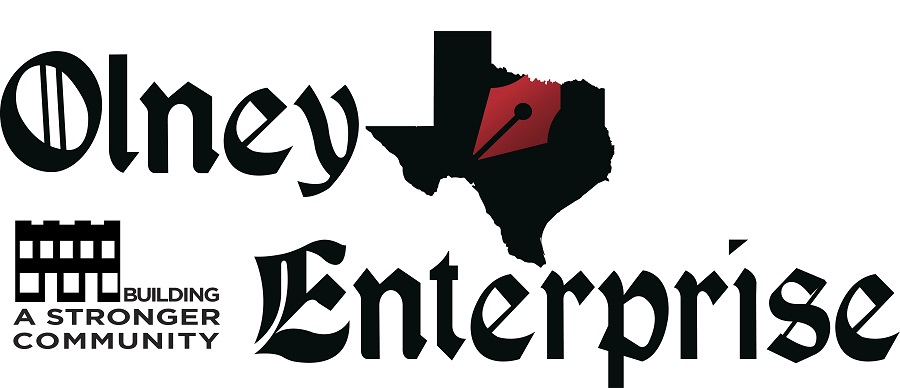

A chemical solution to cow flatulence: Progress or cause for concern?
In Denmark, one of the largest dairy producers in the region has set its sights on an unconventional issue: cow flatulence. Yes, methane emissions from cows— once a niche topic for environmental scientists— have now become the focus of corporate and global initiatives to combat climate change.
Arla Foods, a major player in the dairy industry, recently announced the introduction of a dietary additive called Bovaer. The chemical, designed to limit methane emissions from cows, is being touted as a promising step toward reducing agriculture’s environmental footprint. However, questions about its safety and potential unintended consequences are beginning to surface. The chemical is also kno Arla has assured the public that Bovaer will not find its way into the milk supply. But can such assurances be taken at face value? Milk is a natural product, intended to nourish calves, not humans. Once a synthetic additive enters this delicate system, how can anyone guarantee it won’t affect the end product?
The U.S. Food and Drug Administration (FDA) has already flagged potential concerns with Bovaer, citing possible risks to male fertility and reproductive health. This raises a troubling question: could the widespread adoption of such chemicals have broader implications for human biology?
The dairy industry’s embrace of Bovaer is far from universal. Hiland Dairy has confirmed its use of the additive, while Land O’Lakes has indicated it is a possibility. In contrast, Kerry Gold and Chobani have explicitly stated they do not use the product. Yet, more than 20 other companies declined to comment, leaving consumers in the dark.
As the climate crisis continues to dominate global discourse, innovations like Bovaer will undoubtedly be part of the conversation. But such measures should not come at the expense of transparency or safety. It is crucial to ask: are we solving one problem while creating another?
The public deserves answers—not just assurances— before chemicals designed for livestock enter the food supply. In the rush to combat emissions, the dairy industry must balance innovation with accountability, ensuring that progress does not come at the cost of public health.
